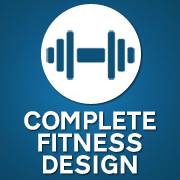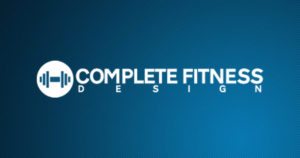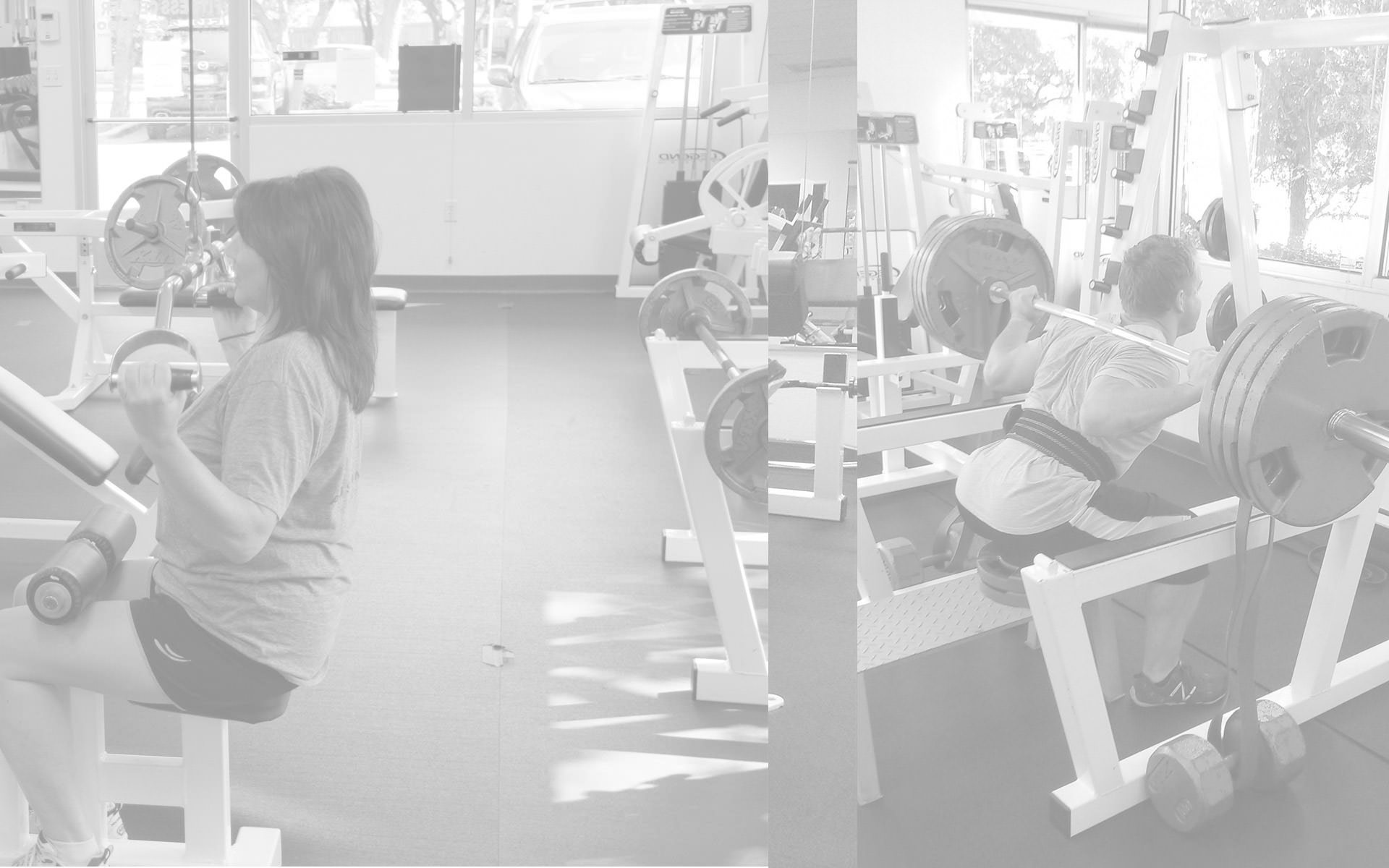Geriatric Exercise is Very Important
When you have been a South Austin personal trainer for as long as I have, you come across a lot of different people as well as quite a diverse group of demographics. One group that I’m seeing more and more of, I’m glad to say, is the older crowd. It’s vital that the geriatric exercise, but there’s a myriad of reasons why they don’t. Sadly, most of it is either not realizing the importance of geriatric exercise, or the feeling of discomfort associated with doing something new and unfamiliar. There are a great many reasons why those over 60 should be working out, but a lot of the reason they don’t, is simply a lack of exposure to the fitness element as well as a trepidation as to not only where to begin, but how, and with whom.
Bone density is a serious issue for the elderly and it’s been shown in study after study that not only proper nutrition, including the supplementation of calcium, vitamin D, magnesium, etc, is important, but weight bearing exercises done repetitively and consistently, can do wonders for the density of their bones. As we age, our bones tend to become more and more brittle, especially if we don’t take care of ourselves as we should. The bones can become so brittle in some people, that a portion of the hip will actually break under the load of the patient’s body weight thus causing them to fall. It was often thought to be solely a balance issue in the past that caused the falls which were determined at the time to result in the broken hips, but we have since learned otherwise. Balance can very much be an issue and a major contributing factor in the falls of the elderly, but we now recognize that the level of frailty incurred by a loss of bone density actually ranks higher as the reason for the fabled broken hip fall certain older folks incur. When you work out regularly, you are actually strengthening the bones and thus making the classic and yet all too familiar broken hip issue a lot less of a threat. Within the geriatric community, a broken hip usually leads to a rapid downward spiral of health related issues, resulting in the patient’s life expectancy dropping to within a year or two of the incident, as they naturally become sedentary and unable to move if their hips have disintegrated. Patients who have broken hip bones and the like as the result of a fall are usually omitted from the aforementioned statistic, however, the fact remains that a strong level of bone density will be required for the surgically attached plates, pins, and screws to hold in place and be effective.
Another great benefit of geriatric exercise, is that a stronger body can better fight off illness and disease without the effort sapping all of the body’s energy and making it vulnerable to attack from other problems. Exercise has been proven to increase cognitive abilities in older folks and help in the fight with dementia and Alzheimers disease through greater, more efficient blood flow and a mental focus on the various techniques of the specific tasks with which one is engaged. With intermittently increased heart rates comes more regularity of the elimination of bodily wastes as well.
Anytime someone of any age engages in regular exercise and starts to see and experience results, there’s an uplifting feeling of not only empowerment, but of satisfaction as well. While a cynic may scoff at the notion that moving a stationary object throughout a prescribed range of motion for a certain number of repetitions is mere tomfoolery, the undisputed medical fact is that doing so releases the nueropeptides known as endorphins which creates a euphoric sense of pleasure, joy and accomplishment pertaining to exercise and has been often referred to as “runner’s high”. Endorphins interact with the opiate receptors in the brain and give us those feelings of calm, comfort, and joy even during stressful situations.
Lastly, it has been demonstrated that within the senior demographic, the loss of energy and stamina can be attributed in many cases, barring chronic respiratory or cardiac diseases, to the loss of muscle tissue. As we get older we can lose up to of 2% of our bone density per year, but upwards of 50% of our muscle mass can be lost within a year of being sedentary. This, of course, greatly reduces our ambulatory ability and ultimately results in us being bedridden and/or wheelchair dependent and in many cases, entirely too soon.
I’m often asked if working out will increase your life span. In 20 years of being an Austin personal trainer, I can ambiguously say maybe it will a little, but conversely, I can say with an unparalleled assurance, that it will greatly increase your quality of life. There are no mediums, be it medicine, “wonder potions”, or personal training that are capable of altering your genetics, but what we can do through medicine and personal training, is to make your healthy lifetime longer and thus more enjoyable for you and your loved ones.
Ready to Get Started?





